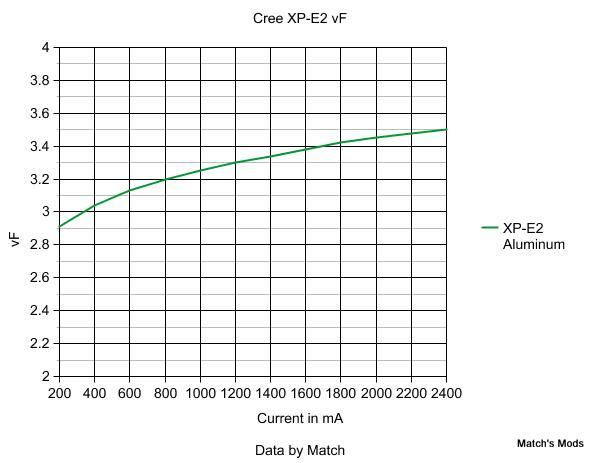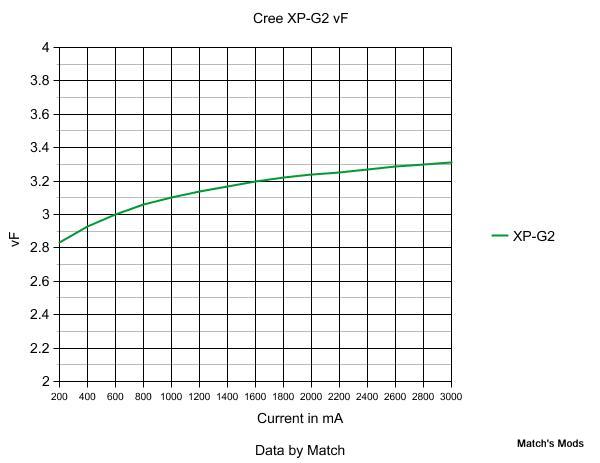Folks,
Long time no see... Since most of you are now aware of my testing procedure, I'll be brief here. The following is a test of the Cree XML2 on a standard aluminum 20mm star, along with another xml2 mounted on a copper sinkpad. (member vestureofblood was kind enough to send me out these for testing).

Graphs speak louder than words, so here they are. The first one is the XML2 on a standard star, followed by a comparison graph between a standard aluminum star and a copper sinkpad. The third represents the associated vf of each.



There you have it. Max lumens on regular aluminum star came out to 1259, while it was 1770 for the sinkpad ( at much higher current). The sinkpads do well at dissipating the heat - During an extended run at 5 amps, lumens only dropped by 50 before stabilizing out. Also, while the output is quite impressive for the copper mounted XML2 (and xml2's in general), please note that there's a good chance max lumens won't be realized on a single li-ion due to the high vf.
UPDATE 3/10/2013
The last round of tests are complete and the data has been collected. Here, we'll see graphs for the XP-E2, XP-G2, and Nichia219. The two Cree's have been tested on a standard aluminum star and on a copper sinkpad, and the graphs will reflect that data.






There you have it. I'll let the data speak for itself, but suffice to say that with the availability of these sinkpads, I've milled my last copper pcb. I did get a chance to do a direct comparison between the same emitter (XPG2) directly mounted to a large milled copper pcb and then on a sinkpad. The difference between the two was anywhere from 5-10 lumens in favor of the milled pcb. Not enough difference to be noticeable in anything less than an integrating sphere, much less real world use (and definitely not worth the added effort).
My final addition to this emitter testing Opus will be to make one large graph with all of the new emitters present for easy comparison. After that, I'll be retiring my testing setup for it's a big pita and I'm finding I don't enjoy it as much as I used to.
Enjoy the data,
-Match